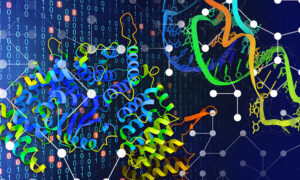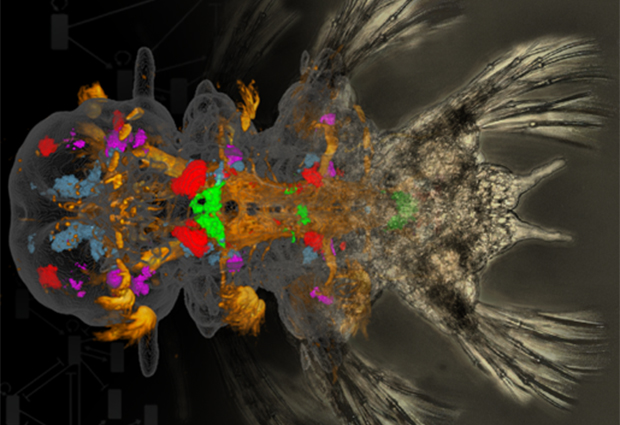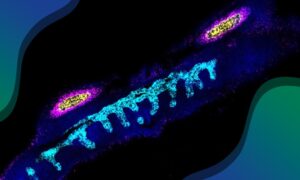
Futures: Brain evolution
As part of a series marking the tenth anniversary of the European Research Council, ERC grantee Detlev Arendt shares his vision for the next ten years


I want to know how the brain evolved. It’s a process that can be traced back to simple organisms like sponges, which don’t have a nervous system but – intriguingly – have many of the components for building one. From those beginnings, how did we end up with the network of billions of neurons that make up the human brain? It’s a question we’ll never be able to answer by looking at fossils, because it’s extremely rare for any trace of the nervous system to be preserved.
We’re now starting to explore this problem at the single-cell level. This is important because even small parts of the brain can contain many different cell types. If you’re taking measurements of a large group of cells, you can’t see what each cell type is doing. By going down to the single-cell level, we’re rephrasing the question of how brains evolved and asking instead how the different types of neuron evolved that make up the brain. What was the first neuron? What did it look like? What did it do? We study many types of organism, including sponges, sea anemones, annelids (segmented worms), and lancelets (fish-like animals without a backbone). By comparing species, we can identify the molecular building blocks and cell types that must have been present in their last common ancestor. Gradually we build up a picture of what existed at a particular point in the evolutionary tree. It’s a gigantic puzzle but it’s no longer science fiction to think we can work this out.
It’s no longer science fiction to think we can work this out
One thing I’d like to see developed is single-cell proteomics – the ability to identify all the proteins in a particular cell. We can identify which genes are active, but not all of those genes will be translated to make proteins. Proteins also come together to build complex molecular machines, so it would be much easier to understand a cell’s function if we knew which proteins and protein complexes were specific to that cell.
We’re now beginning to see the logic of brain evolution. We can already sketch the process, and it’s feasible that we’ll have a complete picture in the next ten years.

The European Research Council (ERC) is a European funding body that offers substantial five-year grants to support researchers at all stages of their careers. Inspired by the ERC’s tenth anniversary in 2017, we asked some of EMBL’s ERC grantees to look ahead another ten years and share their vision for their field of research.


